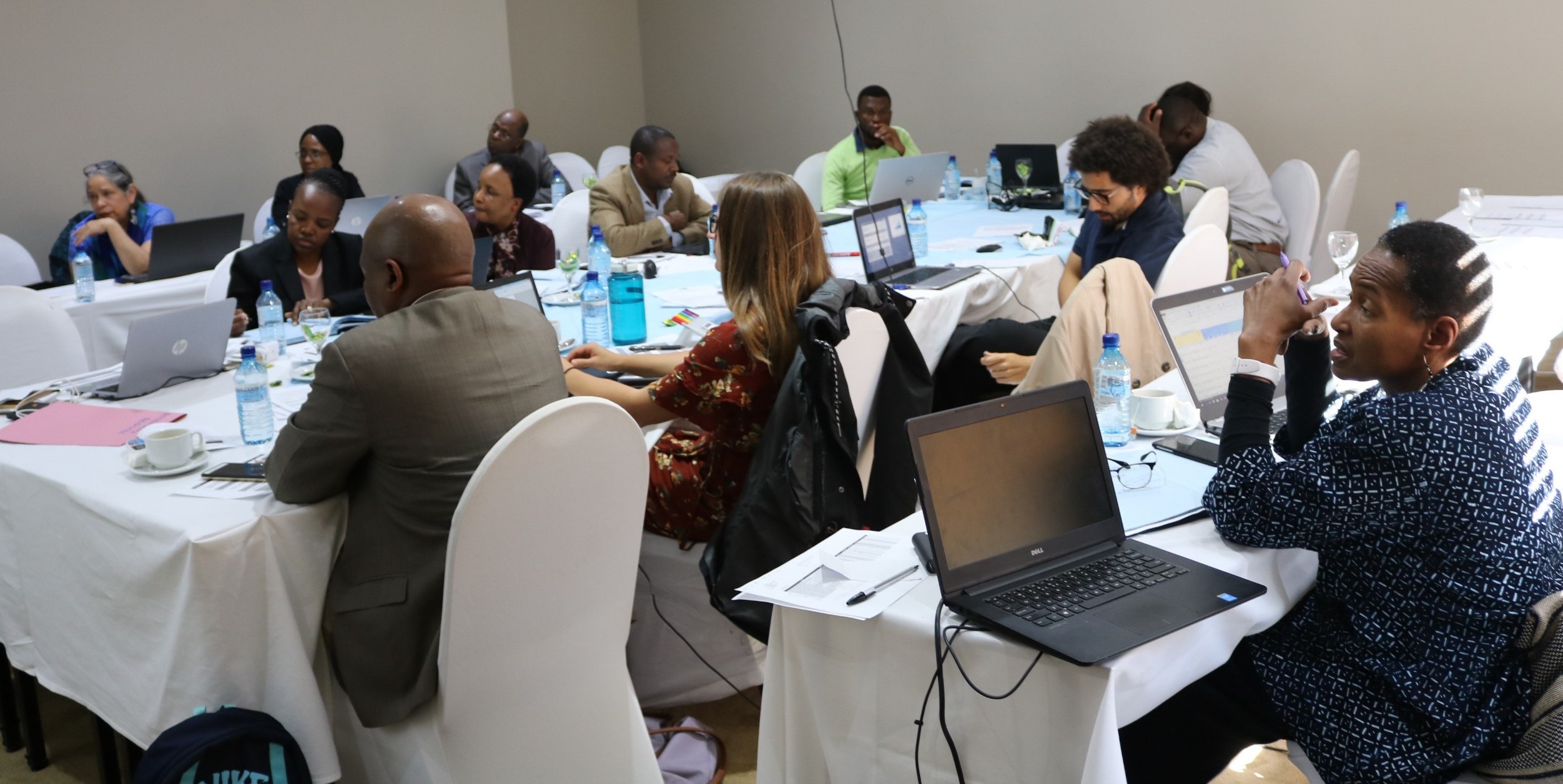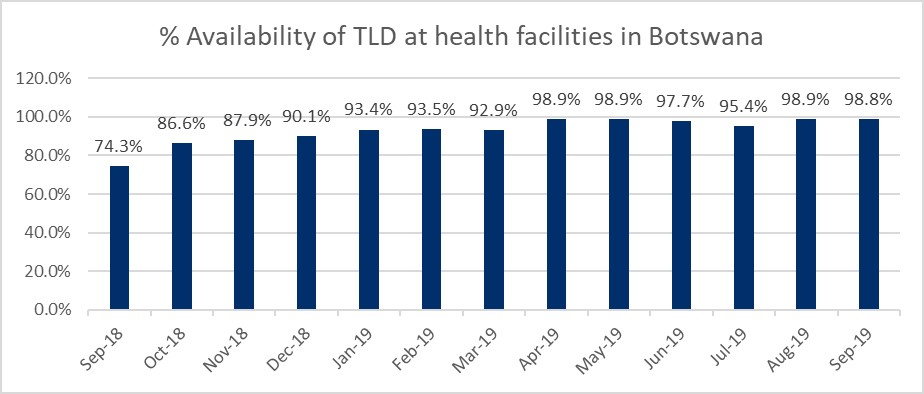The country’s Ministry of Health and Wellness (MOHW) and Central Medical Store (CMS) are working closely with the USAID Global Health Supply Chain Program-Procurement and Supply Management (GHSC-PSM) project to improve availability of HIV/AIDS medicines all the way down to the health facility level.
The country is currently transitioning between treatments for HIV/AIDS, including the introduction of new ARVs and optimized treatment approaches for children. Properly implementing these programmatic changes will depend on a highly functional health supply chain and require a robust and accurate process for forecasting and supply planning (FASP).
Starting in July 2018, GHSC-PSM and the MOHW conducted several FASP workshops. During the first workshop, stakeholders and partners including USAID, CDC and others worked with the MOHW to enumerate ARV needs as well as plan for anticipated changes to ARV treatment. The workshop took place over the course of two weeks in Gaborone. Seven key staff members from the MOHW and CMS had been trained prior to the quantification exercise using the latest commodity quantification and costing software–Quantimed and PipeLine. With training from GHSC-PSM, the staff could actively contribute and use the tools during the ARV quantification exercise. The subsequent workshops that followed the two-week meeting improved on the previous quantifications and led to adjustments in ARV transition plans.

